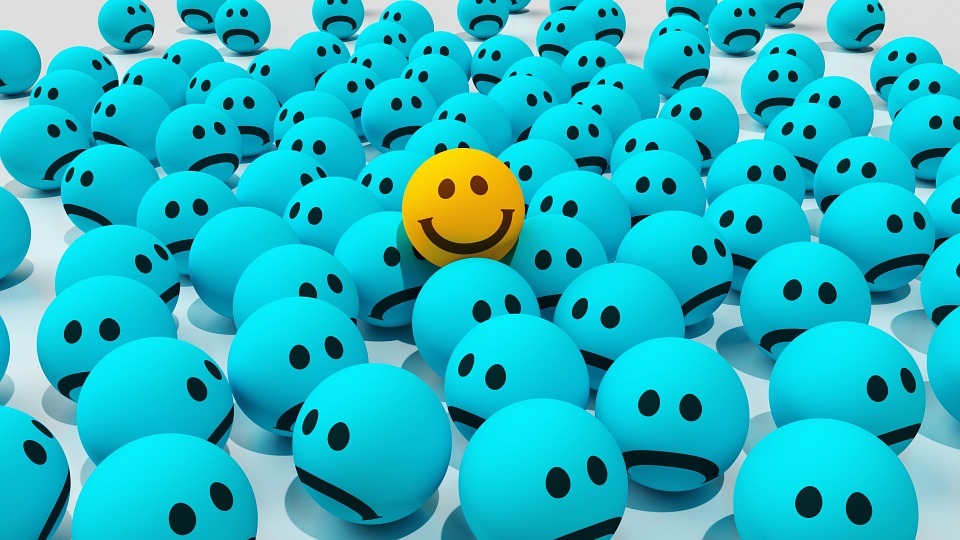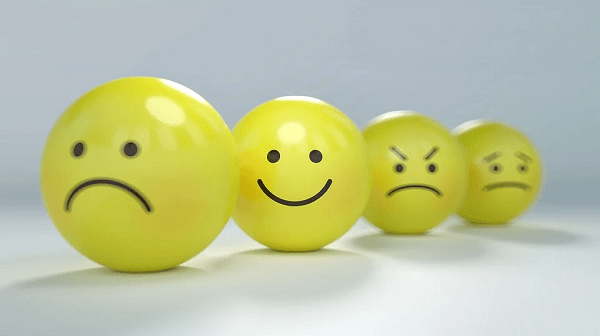Emojis are tiny characters which, as their names suggest, shows emotion. These tiny characters help bring an emotional nuance to non-expressive texts. Emojis’ first appearance was on Japanese mobile phones in the 1990s and became popular since then. Over the last few years, emojis have become an important part of electronic communication.
There are currently thousands of emojis which depict a diversity of emotions, people, animals, flowers, and thousands more.
As emojis became a staple of modern communication, one can’t help but wonder about who designs them? Who controls and decides which new emojis to add? What is their history?
To answer the first two questions, Unicode Consortium, a nonprofit Silicon Valley group, is responsible for the emojis we use today. This group works to maintain a standard for texts across computers.
To answer the last question below is the history of emojis.
The First Emoji
Before the emojis, there were emoticons. During the 90s, emoticons such as :-), :-(, and 8-D are a massive part of chatroom conversations and the early netspeak. You could even convey emotions like sarcasm or doubt using different emoticons in your messages.
In 1999, the first emojis were created. Japanese artist Shigetaka Kurita designed 176 emojis for the Japanese telecom NTT DOCOMO for mobile phones and pagers. The “e” from emoji originated from the Japanese word 絵 (pronounced as eh) meaning picture and the “moji” from 文字 meaning character. The Japanese artist wanted to design an interface that isn’t just attractive but also communicates information simply and briefly like an icon to show a broken heart rather than spelling it out. Kurita designed a set of 12- by 12- pixel grid that users can select from within the interface of i-mode- a mobile internet service popular in Japan. The original 176 emojis are now part of the New York’s Museum of Modern Art. Some of the 176 characters show all the moon phases, the weather, technology, and traffic. Although meant to be informational, emojis offered ways to add an emotional nuance to a message.
Emojis immediately became popular in Japan, and rival mobile companies copied the Japanese telecom’s idea. Companies like Apple thought of integrating emojis on other platforms. A team at Google decided to lead the charge in 2007 and petitioned to have emojis be recognized by the nonprofit group Unicode Consortium.
Before Unicode, different servers and computers didn’t always show text the same way because of the coding systems’ difference. Unicode standardized these codes so that every letter you typed in any language shows up accurately on other platforms and devices. The team at Google, including Kat Momoi, Mark Davis, and Markus Scherer saw the quick ascent in emojis’ popularity in Japan. They then insisted that emojis should be under the same standard. Yasuo Kida and Peter Edberg, a couple of Apple engineers, joined the Google team and in 2009, they submitted an official proposal to incorporate 625 new emojis into the Unicode Standard.
In 2010, Unicode accepted the proposal and decided to enrol emojis because they became too popular to be ignored. Unicode acceptance began to warrant emojis as a form of communication. Emojis are now on their way to becoming a part of a language.
In the mid-2000s, countries outside Japan used emojis through separate apps. Users are allowed to copy and paste the characters into and emails and text messages. Apple started adding an official emoji keyboard in 2011 to iOS, and two years later, Android did too. This moved allowed users to access emojis directly from their cellphone keyboards.
As emojis grew even more popular, they also became more abundant. Each year, new emojis are added by the Unicode Consortium to its approved list. The group requires an extensive submission and approval process for every new batch of emojis, and it can take up to two years for the new batch to travel from the first draft to your cellphones.
As the emojis began to grow, some people wondered why they don’t represent enough diversity.
By 2014, more emojis representing food from other cultures, flags, families, and more. It started the digital acknowledgement of other cultures. Emojis became an essential language of the digital age, but it still wasn’t a language for “women with jobs” or “people of color.”
In 2015, Unicode began taking a big step toward diversifying emojis. They created an option to change the skin tone on the people emoji. Since then, every other update included progressive steps toward diversifying the types of people and cultures represented by emoji icons. There were now female emojis with jobs and people wearing turbans and hijabs. Unicode also took a step toward incorporating gender-neutral emojis most recently. There are now emojis that represent people with disabilities and other icons that represent its users’ full diversity.


